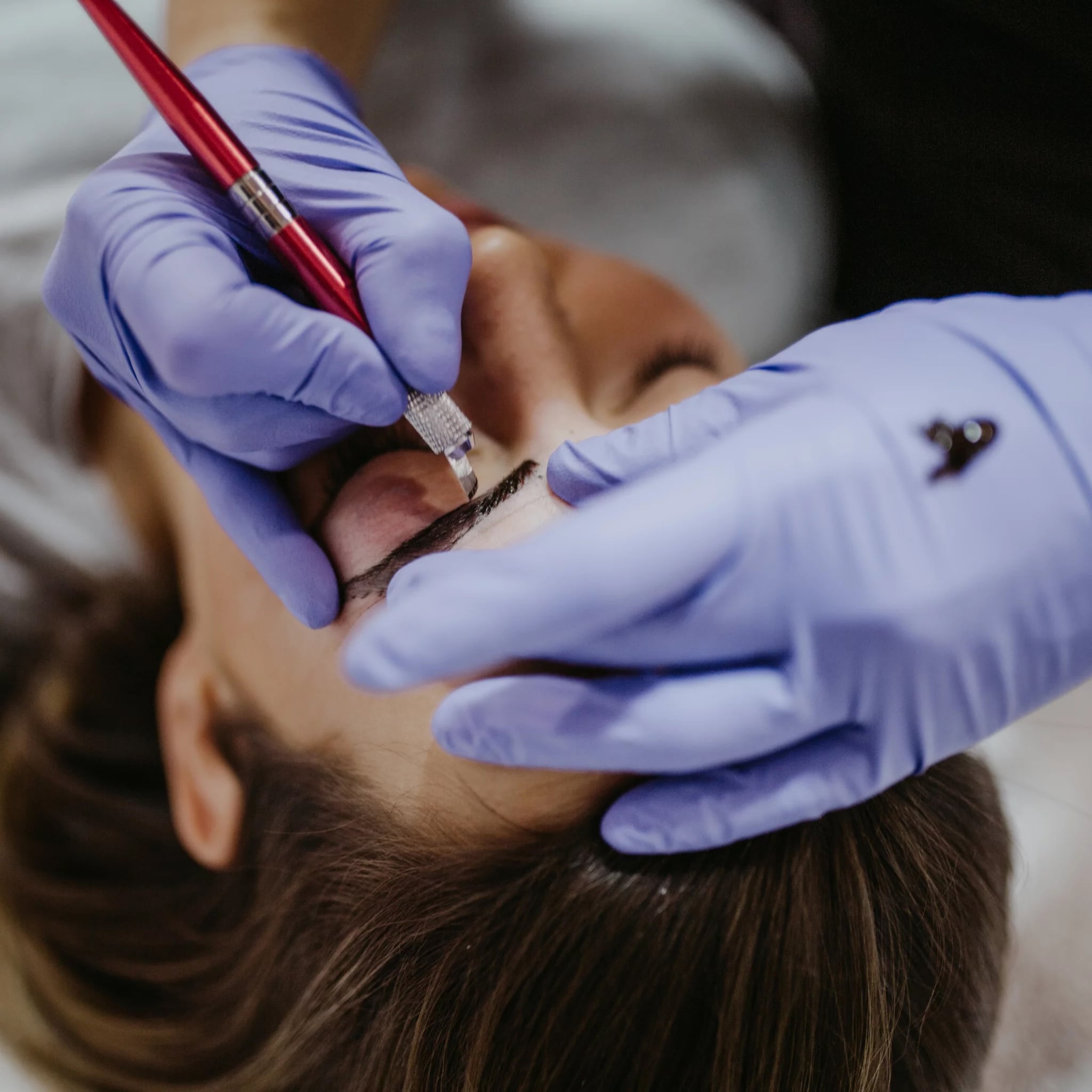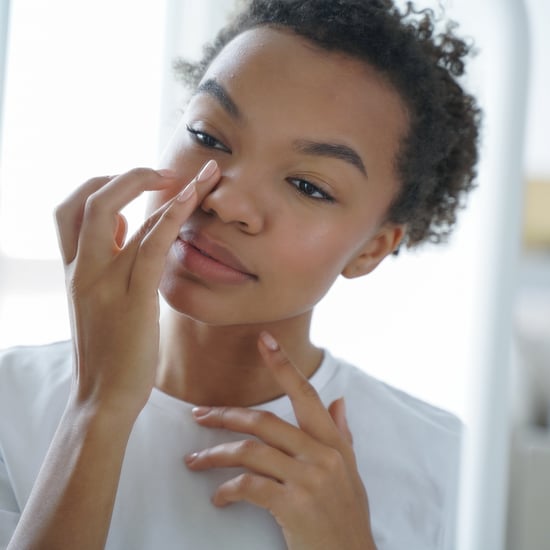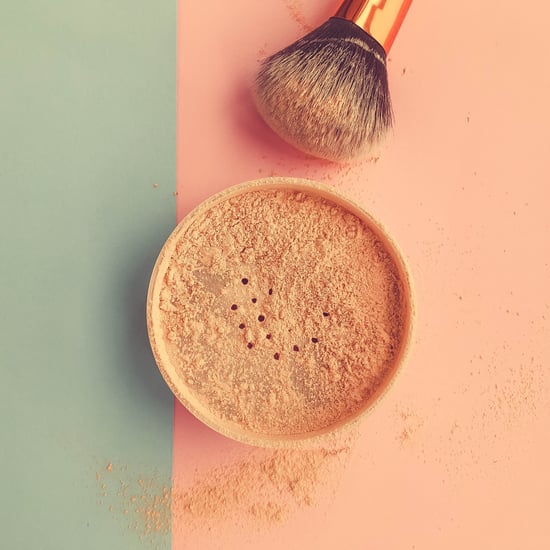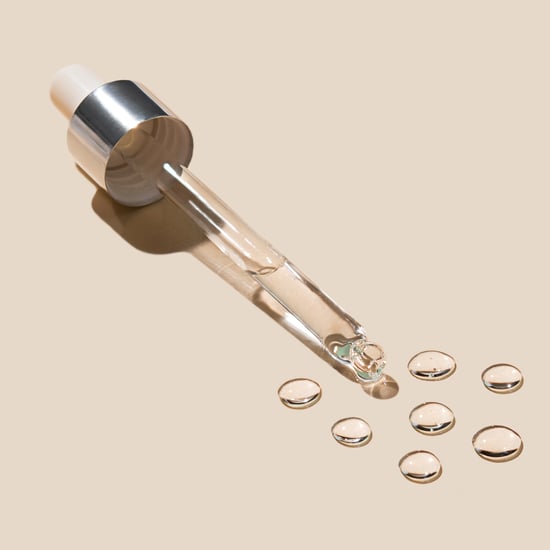Microblading Removal: How it Works, Costs, Healing Time
Is Microblading Over? We Ask the Experts
 Image Source: Getty/ReMa
Image Source: Getty/ReMa
It's not uncommon to hear people say that they regret some of the more invasive beauty procedures that they've gotten, like breast implants in the case of Kylie Jenner or facial fillers for celebrities like Molly-Mae and Olivia Atwood. However, there's another beauty treatment many have admitted to regretting of late: microblading.
Though the procedure first gained traction in the United Kingdom around 2010, it exponentially spiked in popularity in 2018 with the rise of "I woke up like this" makeup. It felt like no matter where you turned, people were showing off their fresh, microbladed eyebrows to anyone who would listen. Fast forward to 2024, and some of those once-ardent fans are now starting to take a step back.
"It's not like I don't like my microblading anymore," says influencer Sophie Milner, who recently videoed herself going through the removal process, "It's just the pesky tails, they point down and I don't like the shape !"
@itssophiemilner Nez Hasan doing gods work! Check her out on IG for more! #microbladingremoval #microblading
♬ original sound - Sophie Milner
"It's not simply a case that microblading is over," says brow expert Holly Parkes, "It's just that the industry has moved on in the last 10 years. The pigments have improved, there were a lot of pink and red pigments in the past, now the colour ranges have extended and look more natural. And of course, the trends have changed," Parkes tells POPSUGAR UK.
Shavata Singh, who has been in the brow industry since 2003 agrees. "We are actually seeing more microblading now than ever before, however it is now all about micro feathering and enhancing your natural shape, rather than following trends of particular styles," she says. According to Singh, your brows are like clothing for your face. Worn correctly it will make the most of your features and facial structure, but get it wrong and it can have a negative impact on the overall look.
To get the best out of your brows, Parkes recommends having your microblading removed and refreshed every five years, her preference being laser removal: "The process and technology is now so impressive, the downtime is minimal, and it's virtually pain-free which means it isn't such a big step as it once was."
Nez Hasan, celebrity cosmetic tattooist and founder of Hair Ingredients, however believes laser isn't for everyone seeking microblading removal. "Our clients prefer pigment wiper to laser as they are afraid of laser removal on the brow area as it is a very sensitive and thinner skin," she tells POPSUGAR UK.
If you're looking to remove your microblading, or thinking it may be time for a refresh read on to learn about the two different methods, how they both work, the cost of the treatment, risks, and healing time.

Image Source: Getty/ReMa
What Are the Two Main Methods of Microblading Removal?
The two main methods are pigment wiper (a solution created with sea salt and fruit extracts which helps to lift the pigment from the deeper epidermis to the surface gradually, making the pigment lighter) and laser tattoo removal (which uses cutting-edge machinery that specialises in breaking down the ink pigments in your skin). The laser works by shattering the pigments into tiny fragments, allowing your body's natural processes to gradually eliminate them — it targets specific ink colours while preserving the surrounding skin.
"Pigment wiper is completely safe," explains Hasan, "However, the aftercare is very important and you must be careful to not pick scabs during the healing process which takes one week." She prefers this method as laser can sometimes change the colour of the pigment instead of removing it. "Laser can make the pigment oxidise to deep yellow white or deep black, this is then permanent and cannot be removed again," says Hasan. It also gives her more control over the removal process: "With my clients we aim to not fully remove if the old microblading has been done well and only reduce the colour, as this will continue to make the brows look a bit fuller."
How Does Microblading Removal Work?
"We numb the skin and use a semi-permanent make-up machine with a three-point needle to insert the solution into the skin. The needle goes back and forth into the skin and the whole treatment should take about 20 minutes," says Hasan. "We offer a minimum of five sessions once a month initially to our clients as after three sessions we find that the pigment has started to move and reduce, then we analyse the colour to decide how to proceed."
With laser the process is slightly different, it will first target the black pigments and then it will target any of the red or pink pigments, however with the latest technology there isn't a lot of downtime. It is not suitable for those who want to keep some level of pigment, as it will target the entire area in one go. It should take between three to five sessions to remove the microblading. According to Singh, if your microblading is done well, this should be a very simple process as you should only have very light microblading done to this area, which will need to be topped up after 18 months – and if it isn't, should fade itself.
Potential Risks of Microblading Removal
For pigment wiper there are minimal risks, as long as you look after the scabs on the downtime. For laser you may lose a few brow hairs in the process, but not an alarming amount. Although the pigment removal process doesn't damage the hair follicle or cause an unnatural amount of brow hair shedding, there is a risk of scarring if the treatment is done incorrectly, and it can also oxidise. "Laser can sometimes leave deep yellow white or deep black staining that cannot be removed, which will need to be microbladed over," says Hasan.
How Much Does Microblading Pigment Removal Cost
Prices vary from clinic to clinic, however the average cost of pigment wiper removal is around £100 per session and you should expect to need between three to five sessions. It is similar for laser removal with most sessions starting around £100 too.
As with any beauty procedure, what you decide to do with your body is entirely your choice. However, for more permanent procedures like traditional microblading, it's important to understand alternatives should you decide to course correct in the future. Options like henna, powder, or even ombré brows, are known to fade more naturally and are great options to consider if you're looking for fuller brows.
Lauren Ezekiel is an associate editor at POPSUGAR UK, where she writes about all things beauty and wellness. With a degree in journalism and 12 years' experience as a beauty editor at a leading Sunday supplement, she is obsessed with skincare, hair and makeup, and is often found offering advice to innocent bystanders. Her work has been published in Grazia, OK, Health and Beauty, The Sun, ASDA, Dare and Metro.







